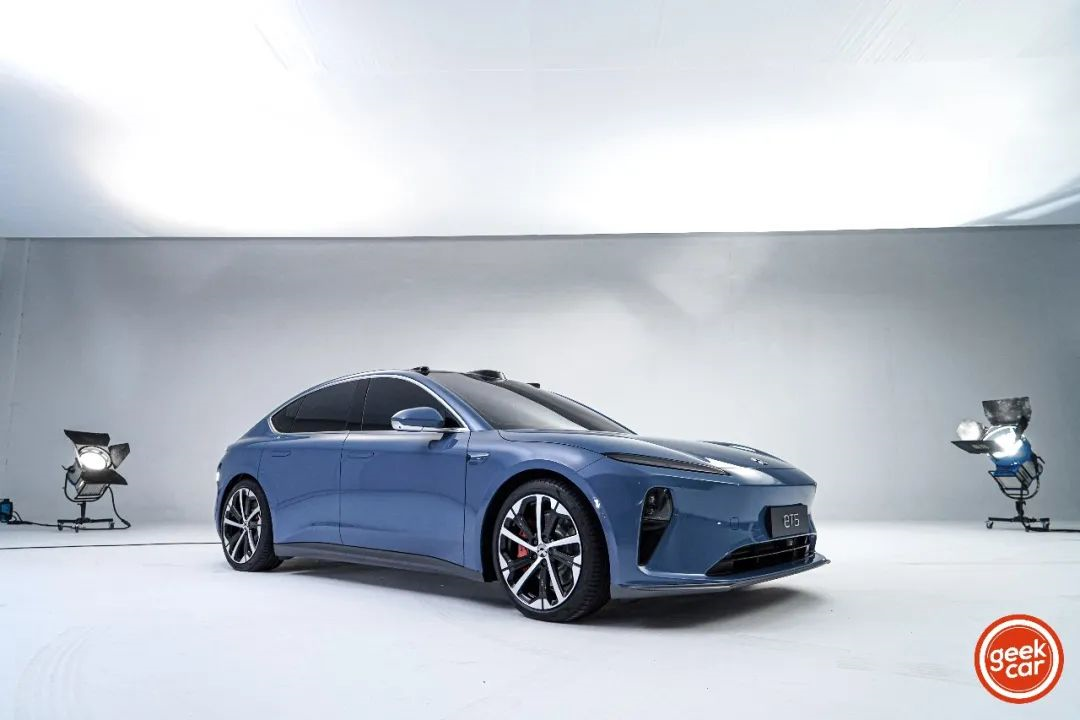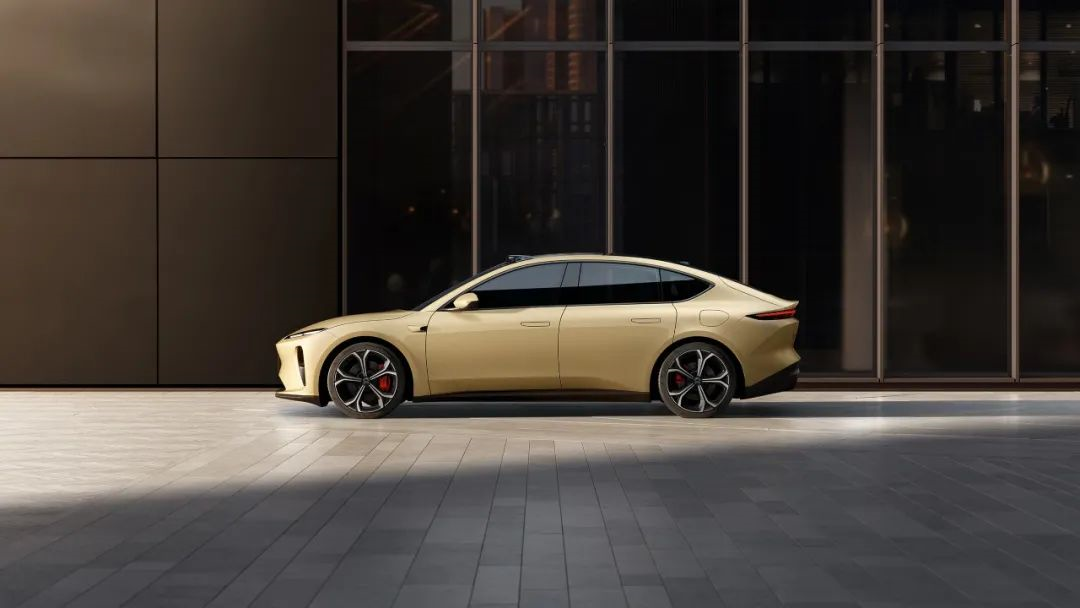By The Turbocharged Fatty
On the evening of NIO Day 2021, I wrote an article called “ET5: More attractive Than Alan Walker, Worth Pre-ordering“, where I mentioned my deeply fascinated story of pre-ordering a NIO ET5 for the first time. However, as expected, I was criticized by many, with comments such as “inferior to Model 3”, “similar to Xpeng P5”, and “advertising article”.
I posted all those comments, but of course, some people deleted their own after they’d seen them…
I mentioned in the article that “perhaps it was impulsive, but I pre-ordered it”. Because at that moment, while attending NIO Day, I suddenly remembered the mass-produced electric vehicles released this year and the quasi mass-produced electric vehicles that will be launched next year, and NIO ET5 is a pure electric sedan that really triggered my desire to buy.
On the early morning of the second day of NIO Day, I had a close look at this NIO ET5, and I was still excited. Now, two days after NIO Day, I want to carefully analyze it with everyone.
I am ugly, but the car can’t be ugly
I couldn’t get into the car this time when I had a close look at the NIO ET5, but my colleague took some shots and edited a real-shot video of the NIO ET5, let’s have a look at his views on the exterior design and functional configuration of this car:
Next, let’s focus on me.
When I buy a car, I usually consider a few key factors: good looking, fun to drive, and playfulness. In my opinion, good looking is always the key factor.
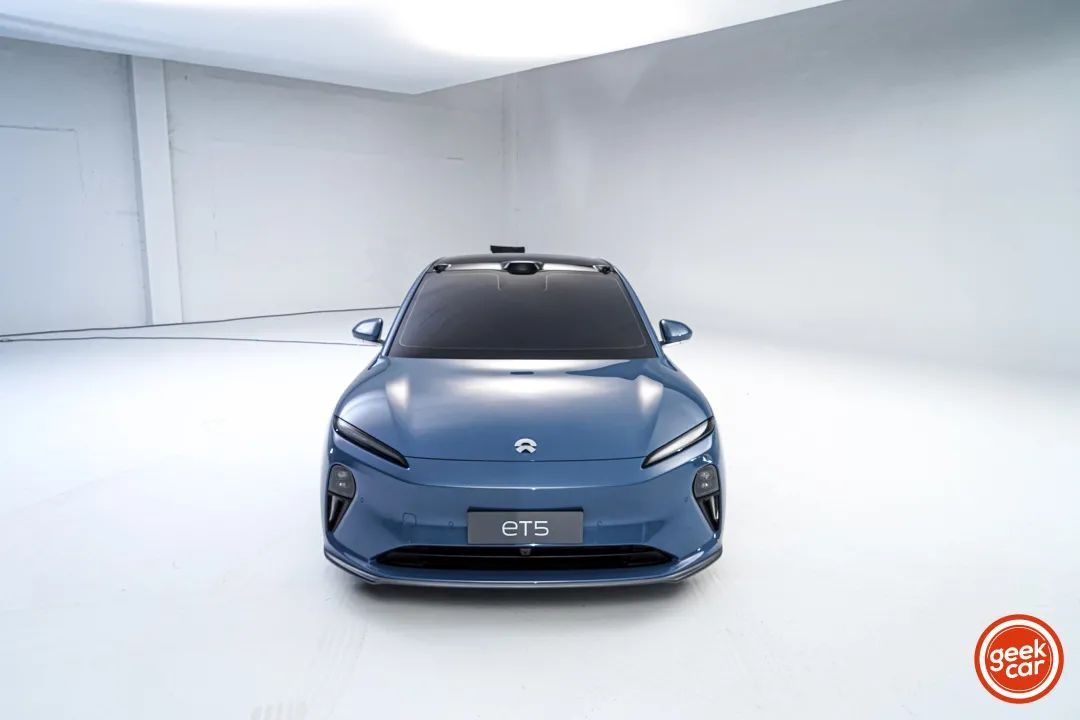 # NIO ET5: A Sportier Approach to Design
# NIO ET5: A Sportier Approach to Design
NIO has been following a different design philosophy compared to XPENG and Tesla in terms of exterior styling. While XPENG and Tesla have been focusing on a “faceless” design approach, meaning to create a sleek and aerodynamic profile with minimalistic front-end styling, NIO has been incorporating the X-BAR design language since the ES8 model. This design language offers a middle ground between the traditional fuel-powered cars and the “faceless” approach, making it easier for traditional car users to accept.
The new NIO ET5 model is marketed as a sportier option, with a more powerful and aggressive styling than its counterparts from XPENG and Tesla. This is noticeable in the contour lines of the body, front-end styling, and tail-end styling.
In a previous article, I mentioned that the tail-end design of the NIO ET5 was the most appealing to me. Upon closer inspection, the design looks truly sporty, especially with the ducktail spoiler, diffuser, and IllumiBlade taillights resembling those of Porsche Taycan, as well as the distinct layering observable from the side profile.
Although the overall styling of the NIO ET5 can be seen as a “shrunken version of NIO ET7,” the latter’s tail-end design is too business-like for a sporty model.
Regarding the interior, I couldn’t take photos inside the car, but I have to say that I personally cannot accept a sporty car with a multi-color steering wheel. That’s why I chose the black interior.
Overall, the body proportions of the NIO ET5 are well-balanced, and even though I didn’t get a chance to experience the interior, I can say that the exterior design is impressive.# The Size of NIO ET5
Looking at the body size first, the NIO ET5 is 4,790 mm long, 1,960 mm wide, 1,499 mm high, and a wheelbase of 2,888 mm.
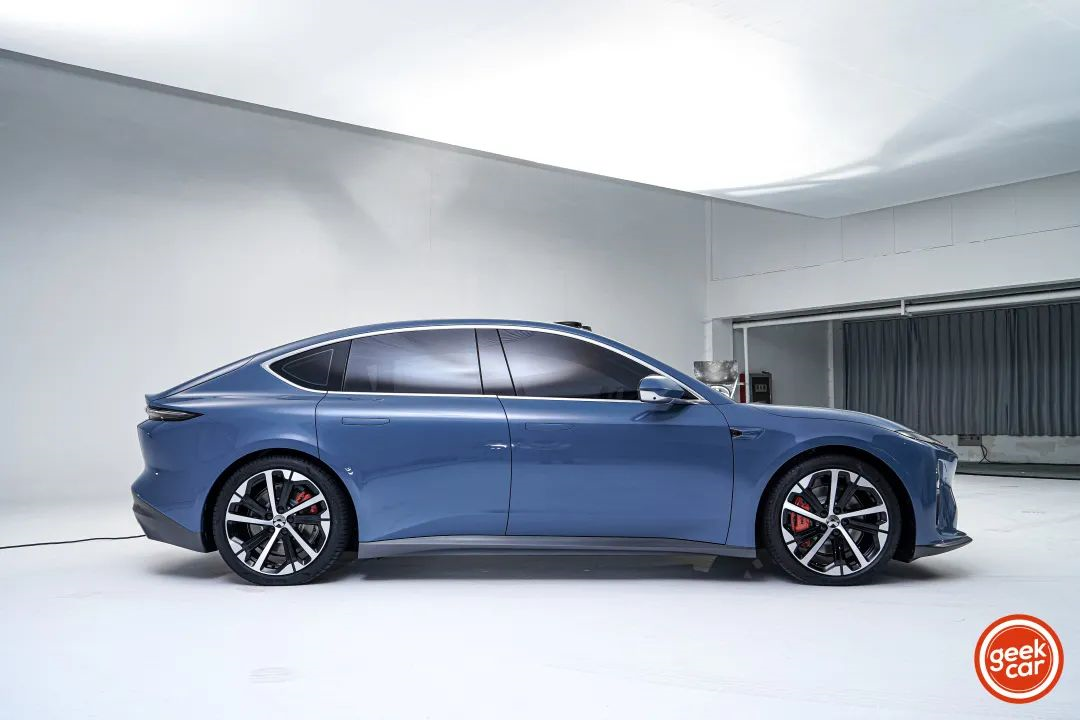
The body length is between the BMW 3 Series standard wheelbase (4,719 mm) and the long wheelbase (4,829 mm), about 7 cm longer than the standard wheelbase and about 4 cm shorter than the long-wheelbase BMW 3 Series. The wheelbase ratio of the BMW 3 Series long wheelbase is 61%, and the wheelbase ratio of the NIO ET5 and the BMW 3 Series standard wheelbase are both 60%.
This means that the cabin space of the NIO ET5 may be slightly better than that of the BMW 3 Series standard wheelbase, but not significantly. Previously, I test drove the BMW 3 Series 330i with the chassis code G20. Even as the standard wheelbase version, the interior space performance was already comparable to the previous generation BMW 3 Series long-wheelbase version with the chassis code F35.
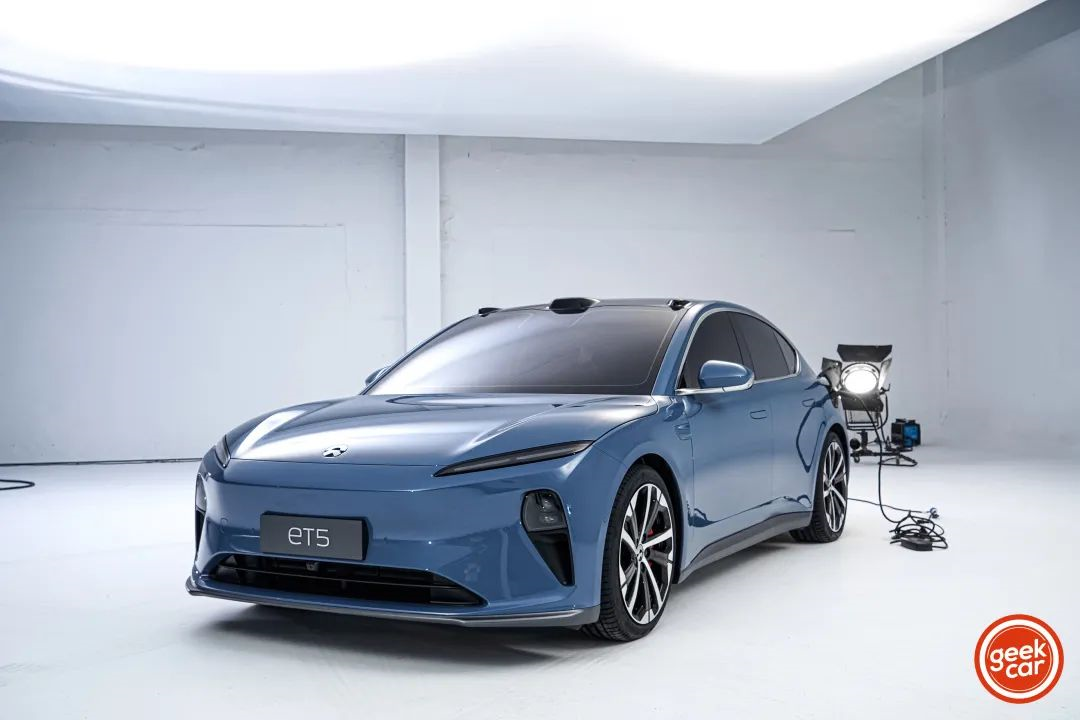
Then there is one design element that affects the body proportions, which is the vehicle height. I have previously noticed this issue in the Jinkou 001 and ARCFOX Alpha S. The body ratio of the two vehicles looks like an SUV.
Let’s take a look at the height data of several cars:
- Tesla Model 3: 1,443 mm;
- XPeng P7: 1,450 mm;
- BMW 3 Series standard wheelbase: 1,459 mm;
- BMW 3 Series long wheelbase: 1,463 mm;
- NIO ET5: 1,499 mm;
- Jikr 001: 1,560 mm;
- ARCFOX Alpha S: 1,599 mm.
The lowest vehicle height is the Tesla Model 3, and the highest is the ARCFOX Alpha S. The NIO ET5 is between them.
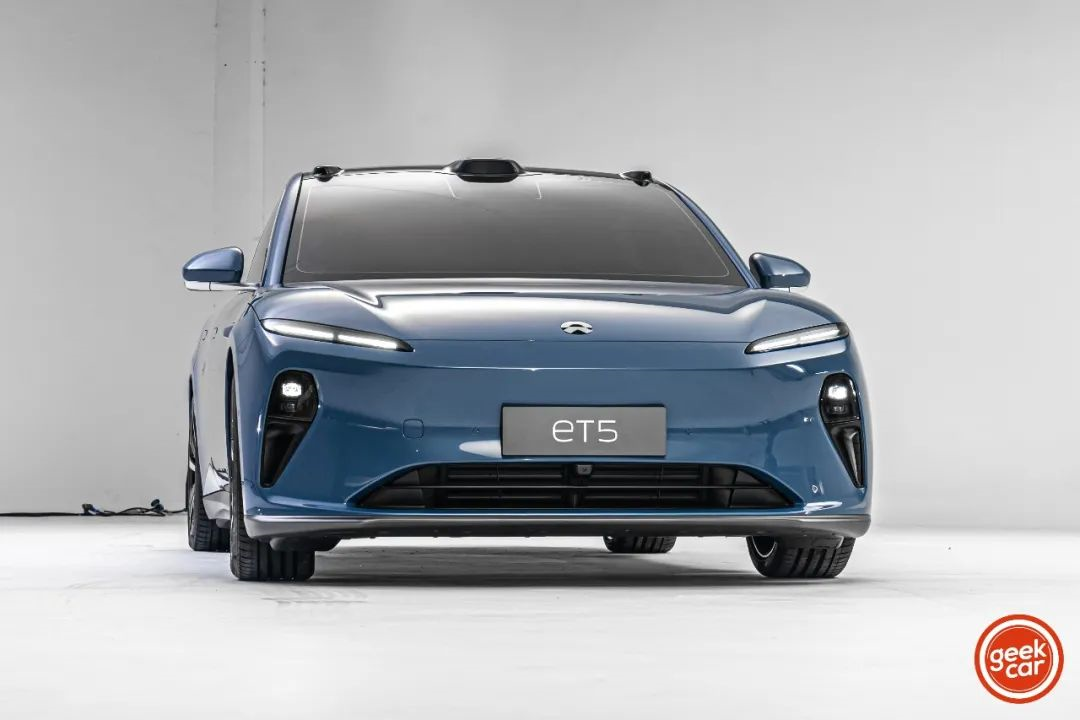
If this data is not precise enough, you can learn that the vehicle height of the Tesla Model Y is 1,624 mm. Therefore, it is obvious that if the vehicle height is higher than 1,550 mm, it looks very close to an SUV.
From the perspective of a gasoline car, the body of the BMW 3 Series is certainly considered to have a proportionate design.After adding a power battery to the chassis of an electric vehicle, a certain part of the cabin space is bound to be occupied, so many car manufacturers choose to increase the cabin height to expand the cabin space, resulting in a certain increase in overall vehicle height and a less coordinated vehicle body proportion.
Of course, there are also models like Tesla Model 3 and XPeng P7 that choose to lower the chassis height and do not deliberately expand the cabin space. Therefore, although these two models look more streamlined, the headroom of the rear seat is obviously limited.
In terms of data, the space performance of NIO ET5 may be slightly stronger than these two models, but as for how it will perform, it can only be known after further experience.
But one thing is certain, the overall proportion of the vehicle body shape is not as low as Tesla Model 3 and XPeng P7, but it is still relatively coordinated among pure electric sedans.
Why choose NIO?
In the comments of the previous article, someone asked a question:
“Among the aspects that can best represent the basic qualities of electric vehicles, such as weight, wind resistance, power consumption, and acceleration, is there anything that surpasses Model 3?”
In fact, everything he said is true, because last year I experienced a Tesla Model 3 high-performance version for a week, and I liked the car at that time.
So let’s talk in detail about the Tesla Model 3 and NIO ET5.
Firstly, weight and wind resistance are actually factors that affect the range, and the most intuitive manifestation is energy consumption data. Based on my previous experience with NIO models, I do know that NIO ET5’s energy consumption is difficult to be lower than Tesla Model 3. For example, a 75 kWh battery of NIO has a range of 550 km under CLTC conditions, while a 78.4 kWh battery of Tesla Model 3 high-performance version can achieve a range of 675 km under CLTC conditions.
Although the range is not as good, NIO’s advantage is in energy replenishment.# Translation
When I tested Tesla’s V3 supercharger before, it took about 30 minutes for a full power recharge to gain 300 kilometers, but only if there were no other cars “power grabbing.” On the other hand, NIO’s battery swap efficiency will be significantly higher.

I have encountered situations where I have to wait in line at NIO’s battery swap station during past test drives, but because NIO’s swapping stations allow you to check the battery inventory and SOC status in the car, and you can even make an appointment, when arriving at the swapping stations, I was assured of 100% battery swap. Generally speaking, even if there’s a waiting line, it won’t take more than 20 minutes, and the battery you get would be fully charged.
According to NIO’s plans announced at the NIO Day event this year:
In 2022, NIO’s charge and swap network will continue to be expanded in China. According to NIO’s plan, by 2022, NIO will have more than 1,300 swap stations, 6,000 supercharger stations, and 10,000 destination chargers in the Chinese market.
According to NIO’s charging map, there are about three swapping stations around my home, with the most convenient one just 5 kilometers away, only taking about 10 minutes. Convenience wise, I can accept it. Of course, it would be even better if there were some planned even closer to my home.

And then there is the interior ambiance, everyone has their own aesthetic preferences and needs about the cabin.
However, after experiencing so many pure electric models, I find NIO’s interior luxury and texture to be something I can accept. Especially the ambient light, which is a configuration that I care more about.


Because I often drive back home alone at night, I really want an ambient environment in the cabin with a sense of warmth instead of a lifeless one. In the past, NIO’s ambient light was not considered good, even NIO ES8 owners I know agree with this viewpoint. But in the interior promotion images of NIO ET5, this set of ambient lights has truly caught my attention.
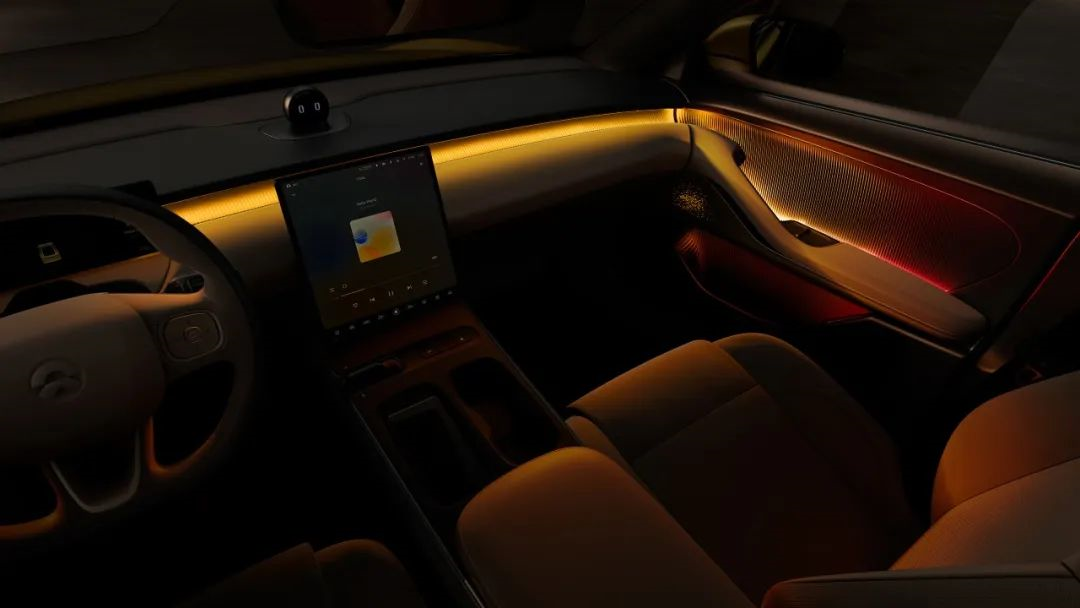 # Talking About Acceleration
# Talking About Acceleration
As a translator in the automotive industry, I am responsible for English translation, spelling check, and wording modifications. The driving experience of Tesla Model 3 is really good, especially when driving in mountainous areas on weekends. However, for my daily commute, encountering speed bumps and potholes on the road, the chassis sensation of Model 3 is really not satisfactory.
Let’s talk about acceleration.
I have driven the “fastest” electric car in terms of acceleration on paper, which is the Porsche Taycan Turbo (0-60 mph in 3.2 seconds). The Tesla Model 3 Performance (0-60 mph in 3.3 seconds) comes next, followed by the Ford Mustang Mach-E GT (0-60 mph in 3.6 seconds), BYD Han EV (0-60 mph in 3.9 seconds), and so on. They all have one thing in common:
They are all members of the “3-second club.”
However, as I have experienced more and more “fast” electric cars, I slowly began to feel that acceleration within 5 seconds is not of much value. Of course, the NIO ET5 is also included.
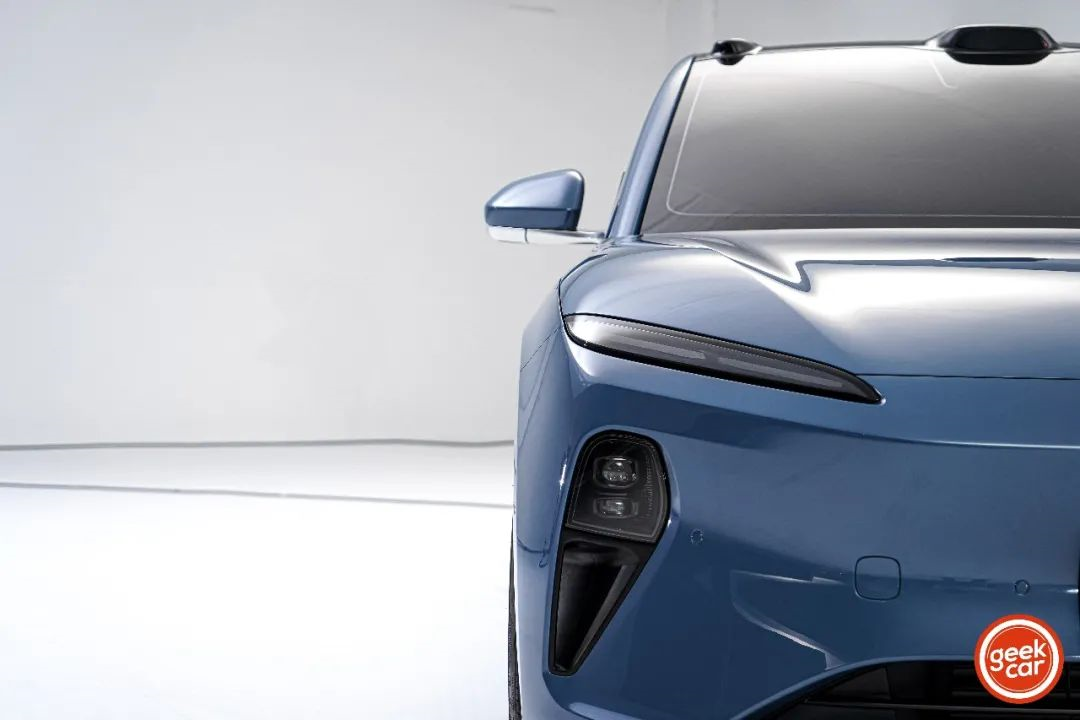
Perhaps it is because of my aging, my mindset has become more and more Zen. For daily commuting, even when driving in mountainous areas or taking a trip on the expressway, I feel that such acceleration ability is increasingly unnecessary. In other words, excess power wastes battery resources.
I believe that acceleration is an indicator that reflects the car’s driving scenarios and technical capabilities, but it does not mean that everyone needs a “fast car.”
Can NIO not make a “fast car”?
Not necessarily.
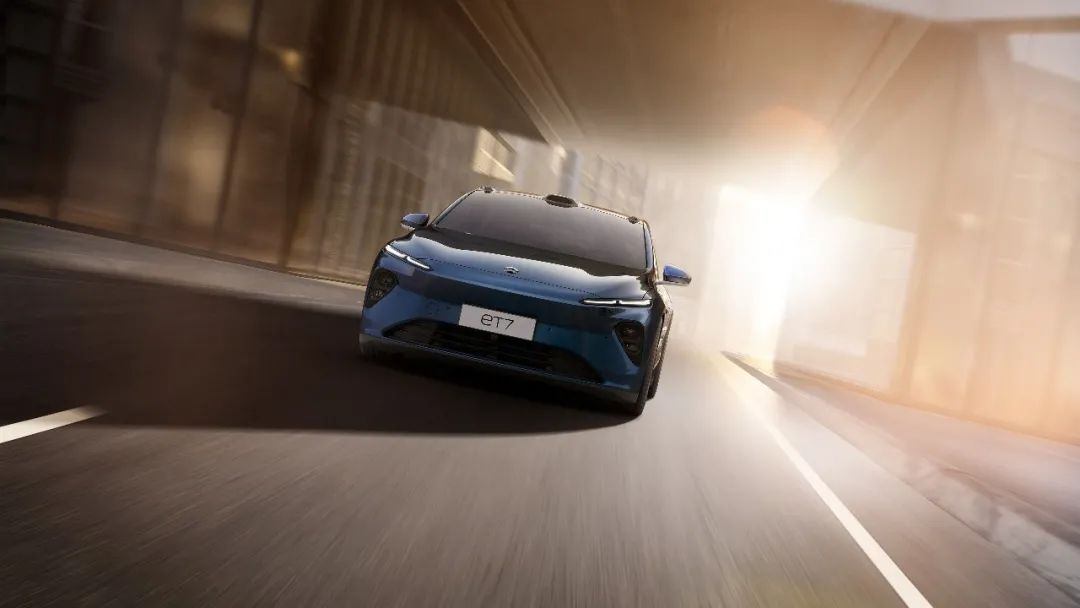
The NIO ET7 has an acceleration time of 0-60 mph in 3.8 seconds, and it is a medium-large pure electric sedan. Why does the acceleration ability of a smaller and lighter pure electric mid-size sedan like the NIO ET5 “decrease instead of increase”?
The cause actually lies in the front suspension. The NIO ET5 is equipped with a “five-link front suspension”, which inevitably occupies the space in the front compartment. Therefore, the volume of the front motor needs to be reduced, and the power of the front motor must be lowered. In other words, the NIO ET5 sacrificed its acceleration from the front suspension.
“Perhaps” the five-link front suspension will bring a good driving experience, but whether it will satisfy people remains to be seen in subsequent test drives.
My Imagination of NIO ET5Let’s take a look at previous ES6 and EC6 models of NIO. Apart from the signature edition, there are two other versions: Sport edition and Performance edition.
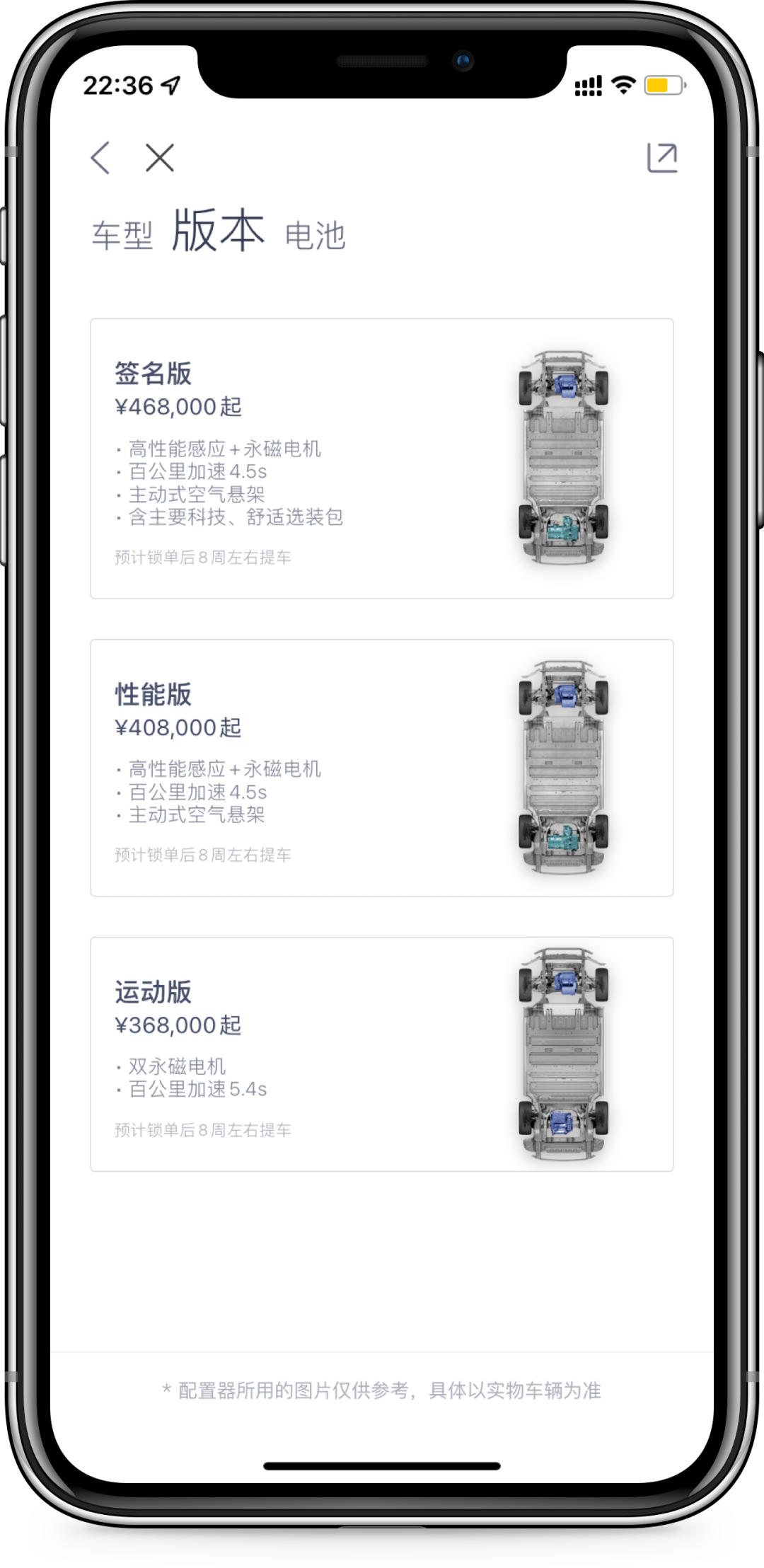
The biggest difference between the two versions is the front and rear motors and air suspension:
The Sport edition utilizes front and rear dual permanent magnet motors, with the acceleration from 0 to 100 km/h in 5.4 seconds;
The Performance edition incorporates front induction and rear permanent magnet motors, with the acceleration from 0 to 100 km/h in 4.5 seconds.
The price difference between the two versions is as much as 40,000 yuan.
Currently, NIO only provides one version of ET5, with front induction and rear permanent magnet motors, and the acceleration from 0 to 100 km/h is 4.3 seconds. As we all know, NIO has once stated that dual-motor is the bottom line of NIO.

If we take a different approach, remove the five-link front suspension and expand the front cabin space, replace both the front and rear motors with dual permanent magnet synchronous motors, and increase the acceleration ability to 5 seconds, while lowering the price to some extent, then perhaps the NIO ET5 in my imagination would be more desirable. However, it seems unlikely for NIO’s pursuit.
NIO is never a “cheap” brand
As a “mortgage slave”, I have to carefully manage my monthly expenses, so I am very conscious of extra spending. In the ET5 model that I selected, I only chose NOMI and wheel rims, and did not add any extra fees for paint color or interior decoration.

I don’t need to say much about choosing NOMI. If you buy a NIO and don’t choose NOMI, it seems like you have lost your soul.
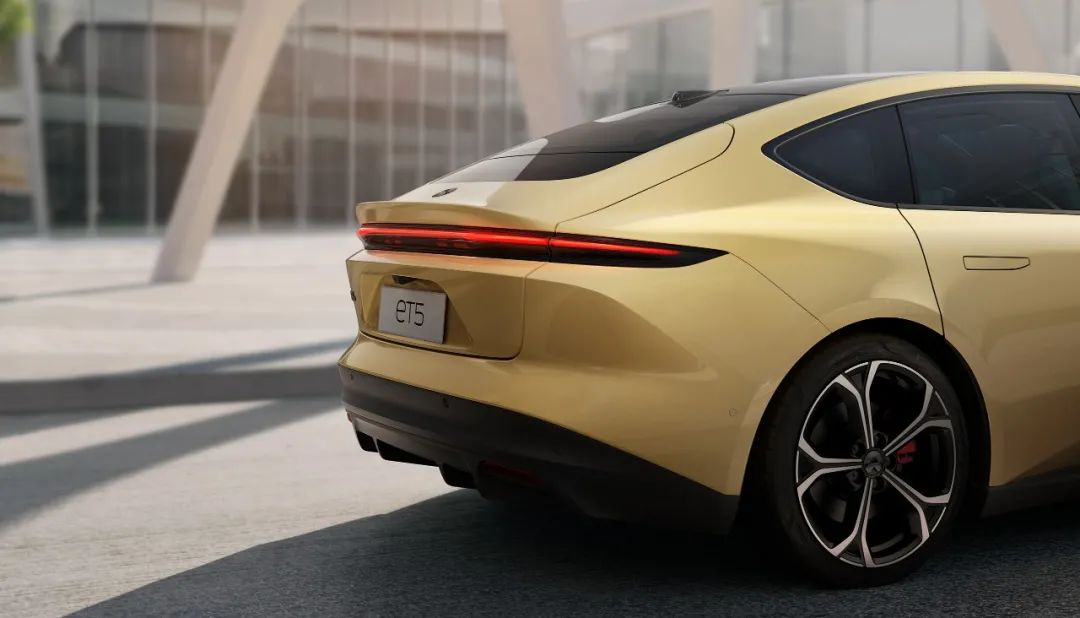
The reason for choosing wheel rims is that, when I pre-ordered the NIO ET5, I received an 8,000 yuan Qi Hui orange card caliper and Moon exterior design package (dark package) for free. Among the four types of wheel rims, only the “20-inch five-spoke flower competition wheel rim” for 9,500 yuan could fully display the Qi Hui orange card caliper. Actually, I know that this deal is not cost-effective, and it’s like spending an extra 1,500 yuan. But for the sake of beauty, it seems “worth it.”
Still, the old adage holds true: I might be unattractive, but my car mustn’t be…
Next, let’s do the math.
As an example of my use case, I can provide a reference:
English Markdown
I usually use my car for daily commuting and occasionally drive to suburban areas or go mountain climbing. The farthest I have driven my car is to attend a Great Wall Motors event in Baoding from Beijing. I sometimes go on trips to a few provinces in the North during holidays, and my travel radius is generally less than 500 km. Furthermore, I have parking space at home and a charging station installed.
Let’s talk about battery selection. NIO currently offers two capacities of batteries (the 150 kWh battery pack is not yet available):
-
A 75 kWh battery pack, with a range of 550 km under CLTC conditions. BaaS battery rental requires a monthly payment of 980 yuan;
-
A 100 kWh battery pack, with a range of 700 km under CLTC conditions. BaaS battery rental requires a monthly payment of 1480 yuan.
Given my driving scenario, I do not have a high demand for a large battery pack. Thus, I chose a 75 kWh battery with a range of 550 km under CLTC conditions. Using BaaS battery rental reduces the vehicle price by 70,000 yuan, but entails a monthly rental fee of 980 yuan.
Monthly rental fee of 980 yuan x 12 months/year = annual battery rental 11,760 yuan. The 70,000 yuan discount on the battery is roughly equivalent to a 5.9-year battery rental. However, NIO’s BaaS battery rental does not transfer battery ownership to the vehicle owner after paying 70,000 yuan. Monthly payments continue to be required.
In other words: Choosing BaaS battery rental is suitable for vehicle replacement or sale within 6 years. For more than 6 years of use, purchasing the vehicle as a whole is more appropriate.
Although many people believe that electric cars may not last that long, NIO’s interchangeable battery model can certainly ensure that the battery maintains a relatively high lifespan. Furthermore, given my mortgage burden, I find it difficult to replace my car within six years. If I choose to purchase the entire vehicle, the price will increase from 272,400 yuan (the price of the configured vehicle I selected) to 342,400 yuan.
NIO has not yet announced the financial policies for ET5 but it is certain that the down payment and monthly loan payments will increase after purchasing the entire vehicle.
As such, let’s start by using BaaS battery rental as the reference point to calculate the monthly expenditure:
Our company’s parking space rental fee per month is 700 yuan. Therefore, after choosing BaaS battery rental (75 kWh), my minimum monthly expenditure on NIO ET5 is 1,680 yuan.
Some might ask, what about the cost of charging?
NIO offers free lifetime battery swapping service, but there is one thing to note. Users who paid the deposit and were in the production queue before October 11, 2020 are entitled to unlimited free battery swapping. However, this is not the case for users after that date (including NIO ET5):
-
If the home charging pile is relinquished, the first 6 battery swaps every month are free;
-
If the home charging pile is retained, the first 4 battery swaps every month are free.
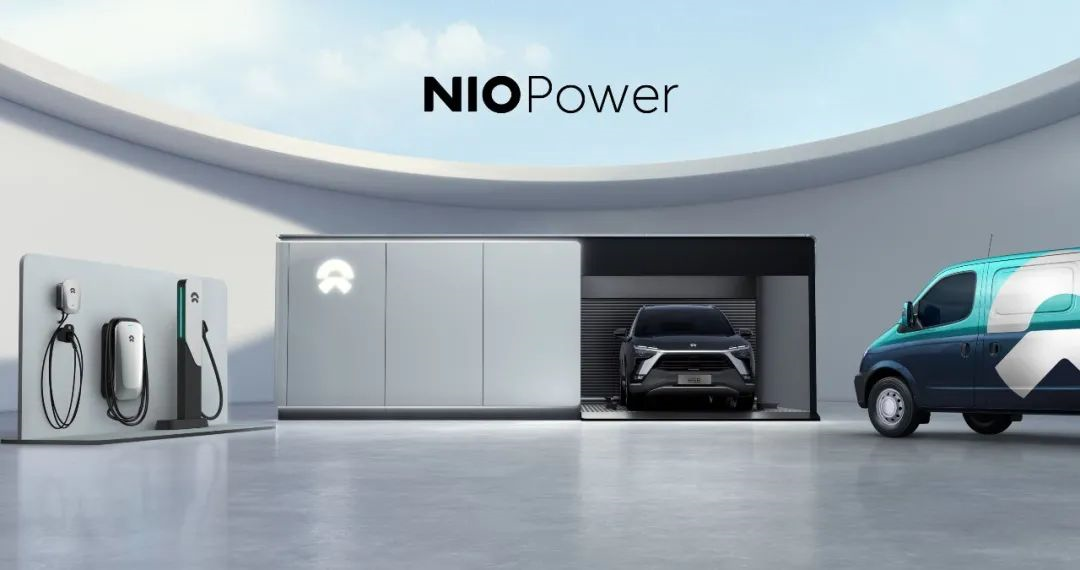
Let me use my driving scenario as an example. My daily round-trip commute is 70 km, with one-way distance of 35 km. In Northern winters, I estimate a conservative 100 km power consumption per day, so one battery swap is sufficient for one week (working days). There are 4 weeks in a month, so retaining the home charging pile for the 4 free battery swaps per month is just right. Of course, this premise assumes no mountain trips or long-distance travel.
Therefore, the cost of charging can basically be calculated as 0 yuan. If you want to go out or travel, you can charge at home the night before. According to Beijing’s household electricity bill standards, the cost of charging a 75 kWh battery to full is at most a few dozen yuan, which is not much at all.
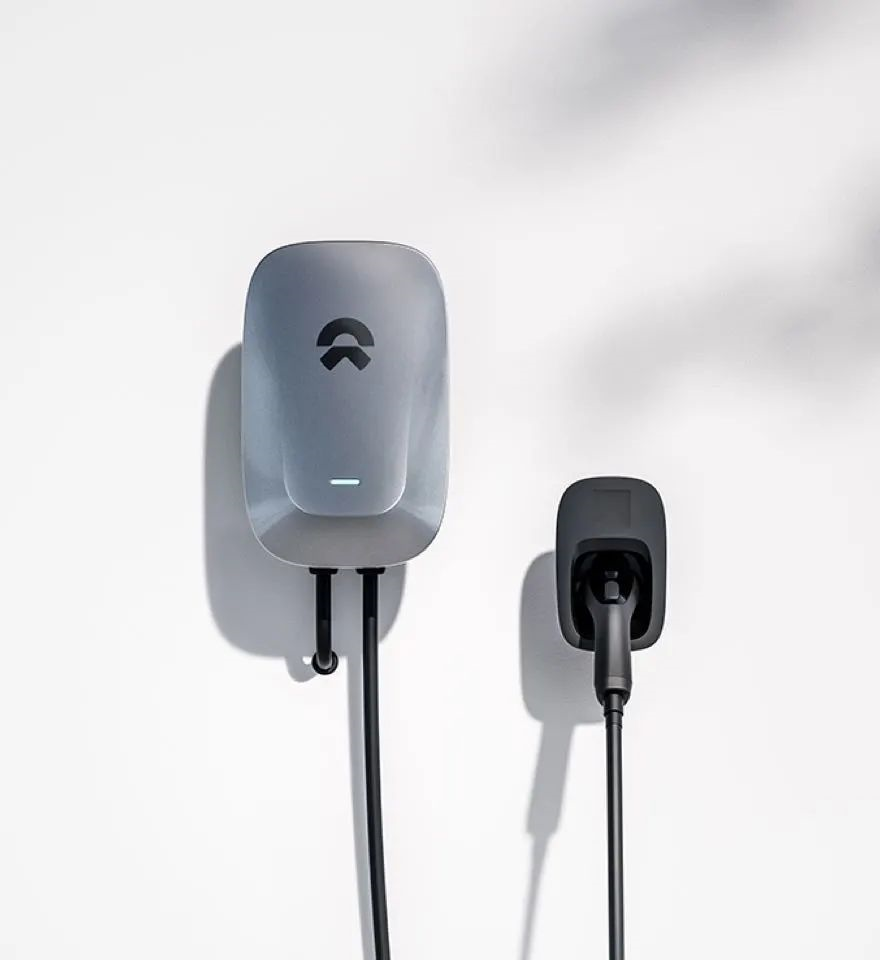
Assuming a family sedan, I need to refuel twice a month on average, with fuel costs of around 900 yuan, which is cheaper than the monthly fee for the NIO ET5 optional 75 kWh BaaS battery rental. However, there is indeed one advantage to choosing an electric car: no restrictions on driving in Beijing, with a car to drive every day.
I am indeed a bit hesitant now. In terms of my driving scenario, choosing NIO ET5’s BaaS battery rental does not save me money compared to a gasoline car, but what I can get is better products and experiences, and the policy of no driving restrictions.
However, if I choose to purchase the whole car, perhaps after a long time, I will save more costs than with a gasoline car, but during the financial service cycle, I need to be more careful with my expenses.
Finally, there is one more thing – once I choose BaaS battery rental, the successor can only choose BaaS. Additionally, NIO’s free lifetime battery swapping service only applies to the first owner, and subsequent owners will no longer enjoy this policy.
So, I’m actually quite curious whether anyone is willing to “take over the baton”? How long will it take for someone to “take over the baton”?
Last ChatI would like to talk about the NAD and AR/VR technology featured in the NIO ET5. The NAD hardware in the ET5 is identical to that of the ET7, with the AQUILA NIO Sensing System and ADAM NIO Power computational platform as standard features. Both vehicles have identical ADAS software and hardware, and therefore will offer the same driving experience in the future.
NAD uses a subscription-based model that costs 680 RMB per month. The advantage is that users can choose not to pay when they do not need it, and only pay for it when they need it. However, for someone like me who likes to “pinch pennies”, I might not choose to activate NAD or only use it a couple of times to try it out, because the standard 19 ADAS features provided by the NIO ET5 already satisfy my needs for L2 assisted driving and daily use.
As for AR/VR technology, NIO has collaborated with NREAL, an innovative AR company to develop a proprietary AR headset that can project an ultra-large screen with a viewing distance of 6 meters and an equivalent size of 201 inches. NIO has also partnered with NOLO to develop NIO VR Glasses, which feature ultra-thin Pancake optical lenses and support 4K dual-eye display.
I don’t know much about NOLO, but I’ve previously learned about NREAL’s products. The AR glasses developed in collaboration with NIO are likely the same as the recently released NREAL Air product developed in partnership with China Mobile Migu. The use case for the NIO ET5 is mainly to replace the in-car screen, which implies that the usage scenarios are primarily for entertainment such as gaming and video.
Moreover, NREAL’s products are not cheap, and while the price of NREAL Air has not yet been announced, it’s worth noting that the Neal Light, which is already available in the US, retails for $599 (about RMB 3,800). So I wonder if buying a NIO ET5 comes with a free headset, or if it will be an optional purchase just like the in-car KTV microphone that was sold separately in previous NIO models.## After Calming Down
Perhaps, “poor me” is not NIO’s target audience, but who doesn’t want to buy a car that meets their expectations?
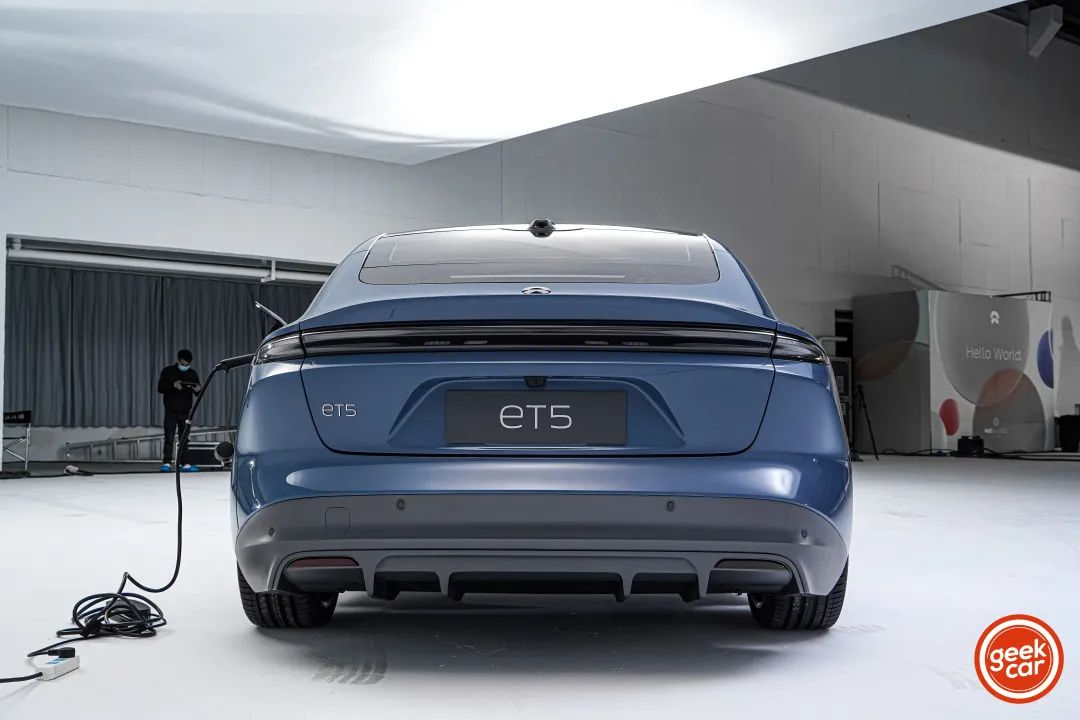
I think I’ve talked about what I know about NIO ET5 fairly well. I paid the deposit on NIO Day, and I’m not sure if it was an impulsive move. However, after analyzing and calming down for the past two days, I still think that NIO ET5 is a car that makes me happy in essence.
Whether I will eventually buy NIO ET5 or not depends on two factors: one is the experience of the follow-up test drive, and the other is whether the boss will give me a raise…
This article is a translation by ChatGPT of a Chinese report from 42HOW. If you have any questions about it, please email bd@42how.com.
